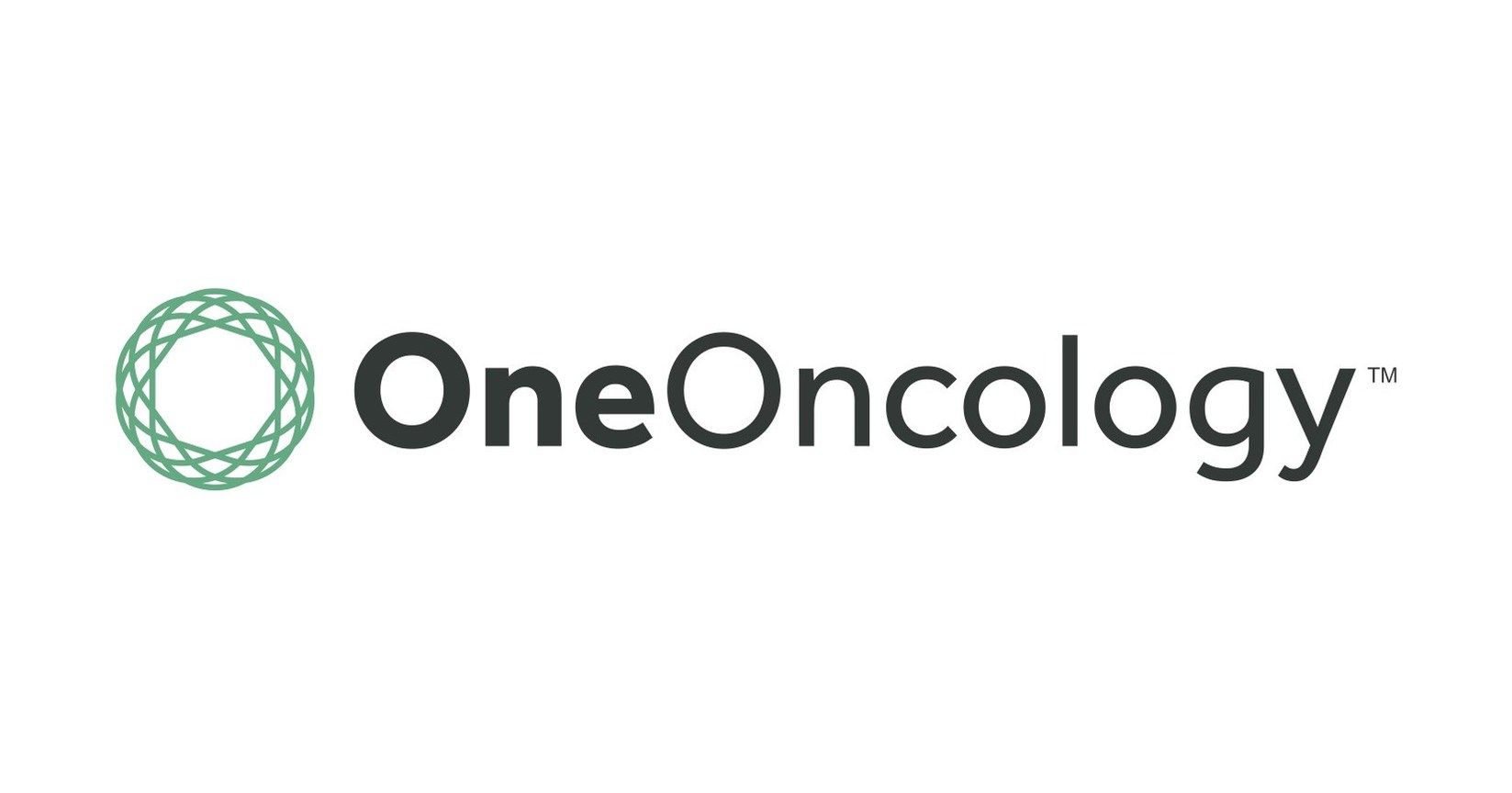Article
Through Partnership, Pancreatic Cancer Patients Gain Access to Personal Treatment Options
Author(s):
The "Know Your Tumor" initiative of the Pancreatic Cancer Action network refers newly diagnosed patients to Perthera, which provides a unique service to ensure timely tissue collection, molecular diagnostic testing, and a report with recommendations for the oncologist.
A partnership between the Pancreatic Cancer Action Network and Perthera, a self-described “concierge” for molecular diagnostic testing, is giving patients with this hard-to-treat cancer the ability to determine the best course of treatment.
The partnership, formed July 1, 2014, has gained momentum in recent months, as more oncologists and patients learn about the “Know Your Tumor” initiative. Through the program, patients newly diagnosed with metastatic pancreatic adenocarcinoma are referred through their oncologists to Perthera, based in McLean, Virginia. (Perthera stands for “Personalized Cancer Therapy Inc.”)
The company is not a developer of diagnostic tests. Instead, it works with the patient and the oncologist to obtain tissue needed for testing, then selects which of the many available tests will be used to evaluate the tumor. Results are presented in a report, which is reviewed by Perthera’s medical advisory panel. The group makes treatment recommendations based on the findings and the best therapies available.
“The hope is that clinical outcomes will be improved because the patients are receiving therapies tailored their molecular profile,” said Emanuel F. Petricoin III, PhD, a Perthera co-founder and chairman of its Board of Advisors and Scientific Advisory Board. As described by the Pancreatic Cancer Action Network, “The results of molecular profiling may help a patient’s oncologist determine the best treatment options, including appropriate clinical trials.”
A major advantage of the “Know Your Tumor” initiative is the time it trims from the testing process. This is important in all cancers but especially in pancreatic cancer, which has a 5-year survival rate of just 6%. First, the Pancreatic Cancer Action Network is fully funding Perthera’s services for patients in the program. Then, Perthera goes to work to eliminate the delays that often creep into molecular testing.
“It’s in keeping with our whole service model,” said Dr Petricoin. Perthera provides what he calls the “traffic control” to ensure that enough tissue is obtained from the biopsy, that the tissue gets sent quickly to the testing labs, and that each testing company has enough issue.
Perthera also deals with insurers on payment and reimbursement issues. (Perthera’s services are separate from the cost of testing and the biopsy, which are billed to insurance.) As Dr Petricoin describes it, the company does all the “bird-dogging” so the patient and the oncologist running a busy practice won’t have to perform these tasks. Perthera aims for turnaround of a month or less from the time of biopsy to the time the oncologist has a full report, he said.
The initiative is among several for the Pancreatic Cancer Action Network, which has an expressed goal of doubling survival rates for pancreatic cancer by 2020. That is no small task, given how difficult the disease is to diagnose and treat. About 44,000 Americans are diagnosed with pancreatic cancer each year and 37,000 will die, according to the National Cancer Institute (NCI). The statistics for pancreatic cancer are so grim that in January 2013 President Barack Obama signed the Recalcitrant Cancer Research Act, which requires the NCI to come up with better research and treatment plans for pancreatic cancer. The Pancreatic Cancer Action Network was a key force behind the law’s passage.
The characteristics of pancreatic cancer make it difficult to find and treat. It exhibits few symptoms before the cancer reaches later stages. While there are known risk factors, including smoking, obesity, and some tendency for the disease to run in families, many who are diagnosed have no known risks. So far, biomarkers that would permit widespread screening have not been identified. Treatment is often challenging due to the location of the pancreas itself and the typical makeup of the dense stroma in the tumors. Work in immunotherapy has shown some promise, however. In July 2014, the FDA granted breakthrough status to a combination of GVAX and CRS-207, a live-attenuated Listeria monocytogenes (Lm), modified to express the protein mesothelin and made safe for human use.
Dr Petricoin said about 100 patients have been referred through “Know Your Tumor” thus far, and 30 have a full molecular profile, based not only on genomic but also proteomic testing. Besides assisting individual patients, the Pancreatic Cancer Action Network is building a database of molecular profiles; it plans to enroll approximately 3000 patients over 3 years. Once a critical mass of molecular profiles accumulates, it will be possible to publish results identifying which therapies worked best for patients with specific molecular profiles.
The mission, Dr Petricoin said, is twofold: find out what works best for patients, and produce results that will guide decisions for pharmaceutical companies and payers. The goal, he said, is to speed development of better therapies for pancreatic cancer, and to ensure that reimbursement goes to “the drugs that are really working.”
The partnership, he said, is just beginning. “We will be ramping up to handle many, many more patients next year.”
Around the Web
Know Your Tumor is Personalized Medicine: Pancreatic Cancer Action Network




